3 Phase to Single Phase Power Supply:
This diagram shows how to make 3 Phase to Single Phase Power Supply. In this circuit diagram, we use an MCCB circuit breaker, an SPD, an RCBO Circuit breaker, 3 DP MCB Circuit Breakers, an earthing busbar, and a water pump motor. This diagram is very easy to connect and easy to make. If you want to connect this diagram easily please check our youtube video at the below link.
Advertisements
Components needed For this Project:
You can get the components from any of the sites below:
- MCCB 63A [See Buy Click Amazon]
- TP SPD 40KA [See Buy Click Amazon]
- TP RCBO 32A [See Buy Click Amazon]
- DP MCB 32A [See Buy Click Amazon]
- Busbar wire [See Buy Click Amazon]
- Single Phase Motor (1 HP) [See Buy Click Amazon]
*Please note: These are affiliate links. I may make a commission if you buy the components through these links. I would appreciate your support in this way!
Advertisements
Components used to make the 3 Phase to Single Phase Power Supply:
The MCCB consists of a bimetallic sheet that expands and contracts when the temperature of the MCCB changes. Due to overload, the bimetallic strip will start to bend and eventually. it will trip if more current flows in the circuit than the predetermined current. The trip mechanism opens the breaker. MCCB stands for Molded Case Circuit Breaker. It is another type of electrical protection device that is used when the load current exceeds the limit of a miniature circuit breaker. The MCCB provides Protection against Overload, and Short Circuit Faults and is also used for Switching the Circuits.
02. SPD:
The ability of an SPD to limit overvoltage in the Electrical distribution network by diverting the surge current is the surge-protective component, the mechanical structure of the SPD, and the connection to the electrical distribution network. A surge protection device SPD is a component of an electrical installation protection system. This device is connected to the power supply in parallel with the load circuit it is intended to protect. It can be used at all levels of the Power Supply Network. It is widely used in overvoltage protection.
An RCBO protects Electrical equipment against 2 types of faults. Residual current and over current. Residual current. or earth leakage as it is sometimes referred to, occurs when there is a break in the circuit which can be caused by faulty electrical wiring or if the wire is accidentally cut. When there is a break in the circuit which may be due to faulty electrical wiring or accidental cutting of the wire. To prevent the current from being redirected and causing an electric shock. the RCBO current breaker stops it.
04. DP MCB:
DP MCB In 2 Pole MCB, switching & protection is affected in phases and the neutral. A Double Pole or DP Switch is a Switch that Controls 2 Circuits at the same time. In terms of Residential Switching, this Normally means it Switches the live and Neutral at the same time. In Layperson Terms, Double Pole switches or DP Switches are Exclusively Designed to Control 2 Different Electrical Circuits at the same time, which allows the Appliances to Isolate safely and reliably. Fan or light Combinations and Medical Equipment are some of the many applications for DP Electrical Switches and Electrical components.
A busbar is a type of Electrical conductor. It is made of copper brass or aluminum. Busbar is most commonly used in factories. We supply the power from the transformer to the busbar. We take the electricity from this busbar to the circuit breaker. The advantage of using a busbar is that through it we can provide multiple power connections in multiple places very easily. How many thick copper bars are aggregates of busbars? A copper bar is rectangular (rectangular) copper type or triangular in shape.
06. Single Phase Motor:
A Single-Phase Motor is an Electrically-Powered Rotary Machine That Can Turn Electric Energy into Mechanical Energy. It Works by Using a Single-Phase Power Supply. Single-phase Motors Are Used in Equipment And Machines That Are Smaller in Size And Require Lower Horsepower. This Includes Equipment Such As Refrigerators, Pumps, Compressors, Fans, and Portable Drills. Single-phase motors Have a Similar Construction to The 3-phase Motor, Including an AC Winding That is Placed on The Stator And Short-Circuited Conductors That are Placed in a Cylindrical Rotor.
Thank You for visiting the website. Keep visiting for more Updates.
Frequently asked questions
Single-phase power systems only have one neutral wire and one power supply wire with current flowing through them. In a three-phase system, three power wires are carrying the load. Because of the structure of a single-phase system, there are peaks and dips in power that change during the cycle
The converter takes a single-phase supply and converts it into a phase supply with the help of thyristors. The single-phase supply is first converted into a DC supply by using a rectifier again DC power supply of the rectifier is given to an inverter where IGBTs‟s are used and the DC supply is again into a 3-phase AC supply.
Note: A lot of people have a misconception that Air Conditioners require a 3-phase connection. This is not true because all ACs have motors designed to run on single-phase. Only if you have more than three ACs that are all in use together you may need a 3-phase connection.
Comparing single-phase vs. three-phase power supplies, 3-phase power supplies are more efficient. A 3-phase power supply can transmit 3 times as much power as a single-phase power supply, while only needing one additional wire (that is, 3 wires instead of 2).
If we consider a 120-volt circuit flow supporting 20 amps, the power supply is equal to 2,400 watts. The formula for the power of a 3-phase circuit is Power = Voltage (V) x Current (I) x Power Factor (PF) x square root of three.
Read more Single Phase Wiring
What is a kilowatt-hour (kWh) | kwh formula | What does kwh mean
Introduction to Electrical Units and CircuitskW and kWh on your electricity bill As your home uses electricity during...
What is the Difference Between kVA | What does KVA mean | kVA formula
Difference Between KVA ExplainedWhat does KVA Mean? There are technical terms aplenty when it comes to generators, and...
Power Factor | Power Unit | Energy | Electricity Unit
Power factor definition | Calculating Power FactorPower Factor Values In a purely resistive circuit, the power factor...
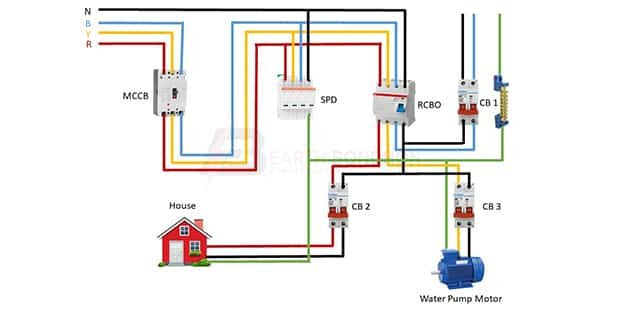
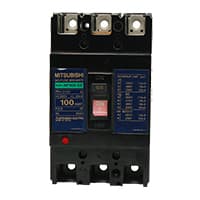
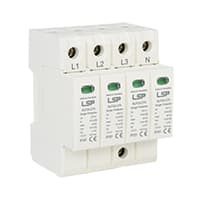


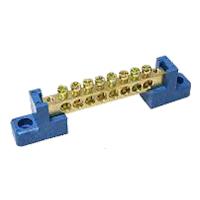
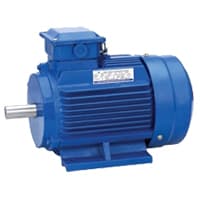
0 Comments